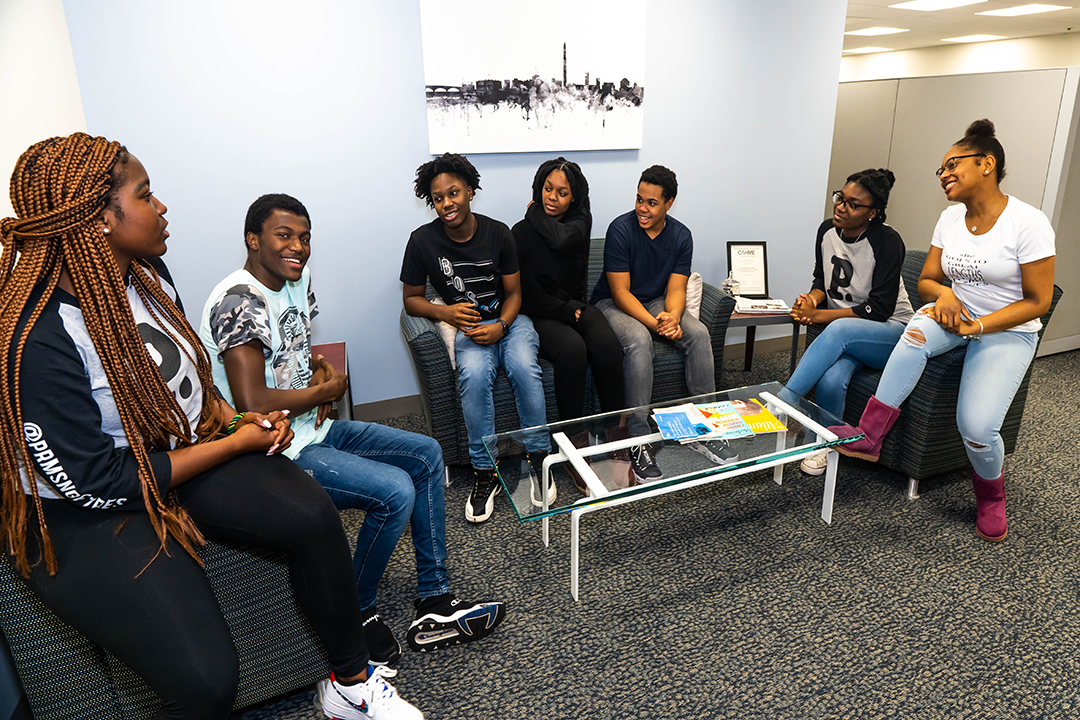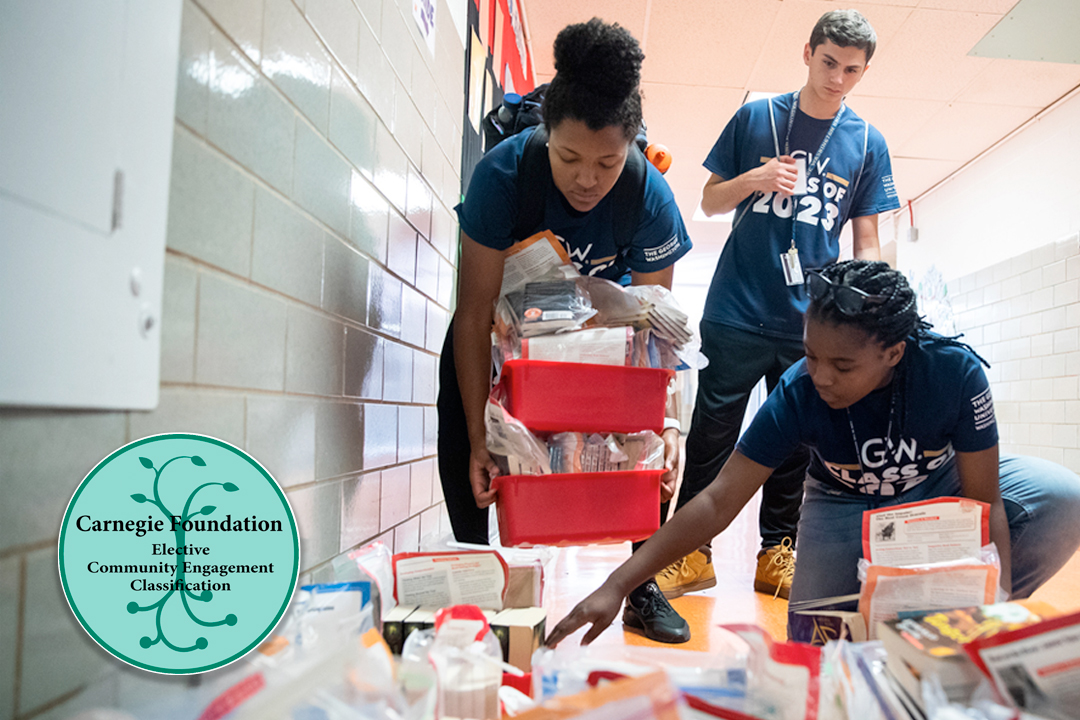By Briahnna Brown
When she was still in high school, Maranda Ward, Ed.D. ’17, wished that there was an outlet for her to meet other like-minded teens interested in engaging with their community.
It wasn’t until she started attending Spelman College that she was able to feel the power of peer education firsthand and see exactly what she had been missing. Once she had the opportunity to develop a youth program of her own, she knew peer education had to be a big part because of the benefits for the audiences as well as the peer educators. The benefits can be especially powerful for youth with marginalized identities because of the group-identity developed through these programs.
"I knew that I wanted to be part of creating that type of community for youth because I feel called to lead and serve youth," Dr. Ward said.
Once she graduated from Spelman College in 2002, she founded Promising Futures with a focus on using hip-hop to educate youth on health topics such as nutrition and HIV prevention, but it was more consulting than peer educating.
By the time Dr. Ward started pursuing a doctorate of education from the George Washington University’s Graduate School of Education and Human Development, she thought it was time to rework the program to better meet her goals of engaging youth as leaders and educators themselves.
Today, Promising Futures is a nonprofit development pipeline for youth as young as 11 but as old as 24 in Washington, D.C. The middle school students serve as ambassadors in an after-school, curriculum-based program. Some of those students continue with the program into high school, where they learn peer education, facilitation, advocacy and public speaking skills, all while earning the necessary community service credit needed to graduate. The high school students give performance-based workshops on social justice topics related to health around the District. Many youth who graduate high school as peer educators go on to enter the final phase of the pipeline as youth builders. In this capacity, they are often invited to continue as a mentor or facilitator for Promising Futures’ workshops and events.
The Promising Futures program has been recognized as a compelling model in Pozzoboni & Kirshner’s (2016) Changing Landscape of Youth Work. One of the highlighted outcomes relates to how the youth graduate from this program and go on to college to select majors and career interests related to education, social service and public health.

The local high school students that participate in Promising Futures travel around the District to educate their peers.
The Promising Futures program is one of numerous community partnerships that GW faculty, staff and students have with nonprofit and government agencies throughout the Washington D.C., area. Partnerships like these are why GW received the Carnegie Foundation for the Advancement of Teaching’s 2020 Community Engagement Classification, an elective designation that indicates institutional commitment to community engagement.
"I love that GW has been so embracing and welcoming of the program and the youth with open arms,” Dr. Ward said. “There are a lot of people on this campus that really warmly embrace the idea that we have a group of high school youth and who are willing to support them." For instance, several of the peer educators participate in GW’s health professional pipeline programs such as the Health Careers Opportunity Program (HCOP) and DC Health and Academic Preparation Program (DC HAPP).
As a professor in the Department of Clinical Research and Leadership in the School of Medicine and Health Sciences, Dr. Ward connects her undergraduate GW students with the high school students in Promising Futures for a mentorship program through the Equal Education Fund. One Wednesday per month, they all get together in District House to engage in themed discussions covering everything from resume building to social activism. Dr. Ward said that these discussions are mutually beneficial particularly because the two groups are close-in-age “near-peers.”
“The high school youth really appreciate the opportunity to not just come to campus...but to also capitalize on being connected to a current college student because they already see themselves going to college," Dr. Ward said.
For the GW students, participating in the program allows them to get out of the “Foggy Bottom bubble” and connect with local teens that they otherwise probably would not meet, Dr. Ward said. Building these connections also helps to dispel some myths or prior beliefs about the youth that grew up in the District, while helping to build GW student’s academic skills.
“There's this idea that D.C. youth are 'at-risk'—you know that coded language of 'at-risk' and 'troubled,'” she said. “It's like, these youth are just like you. They're college bound; they have aspirations; they're normal adolescents.”




